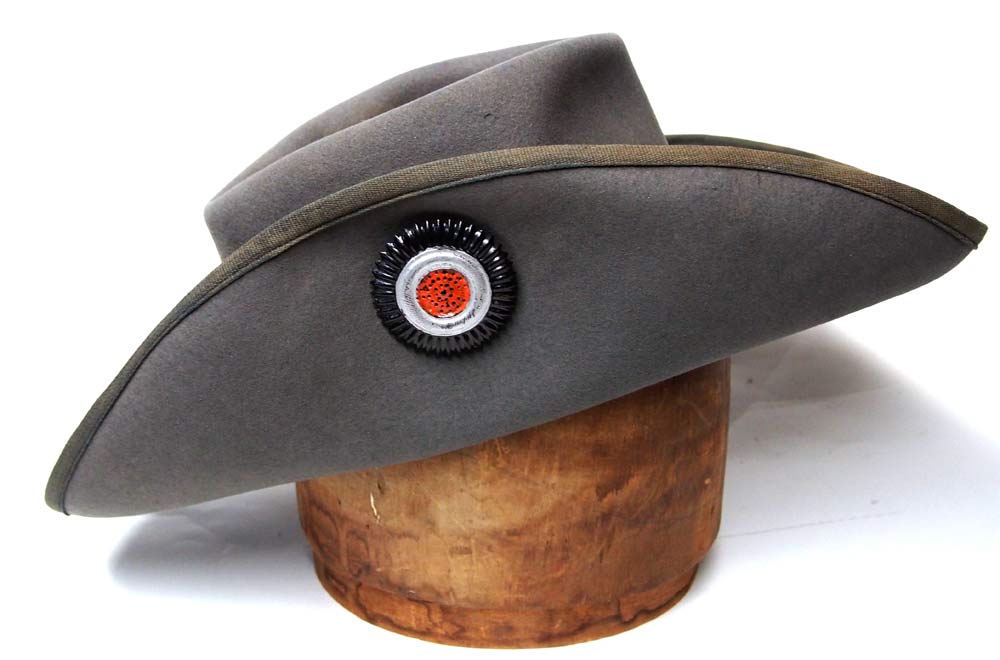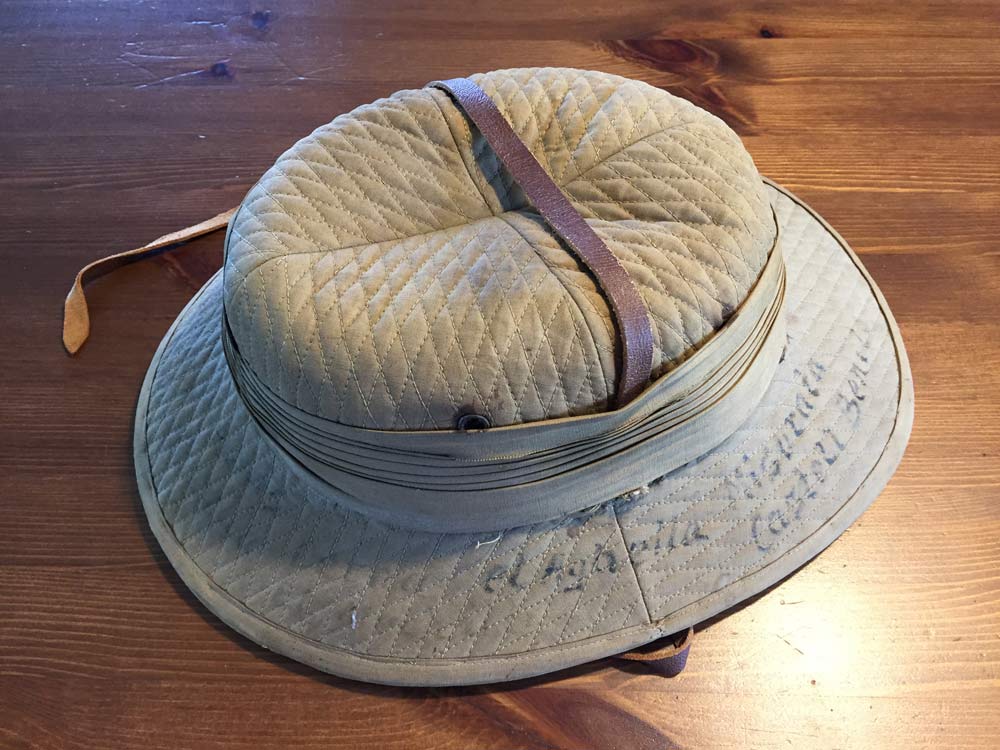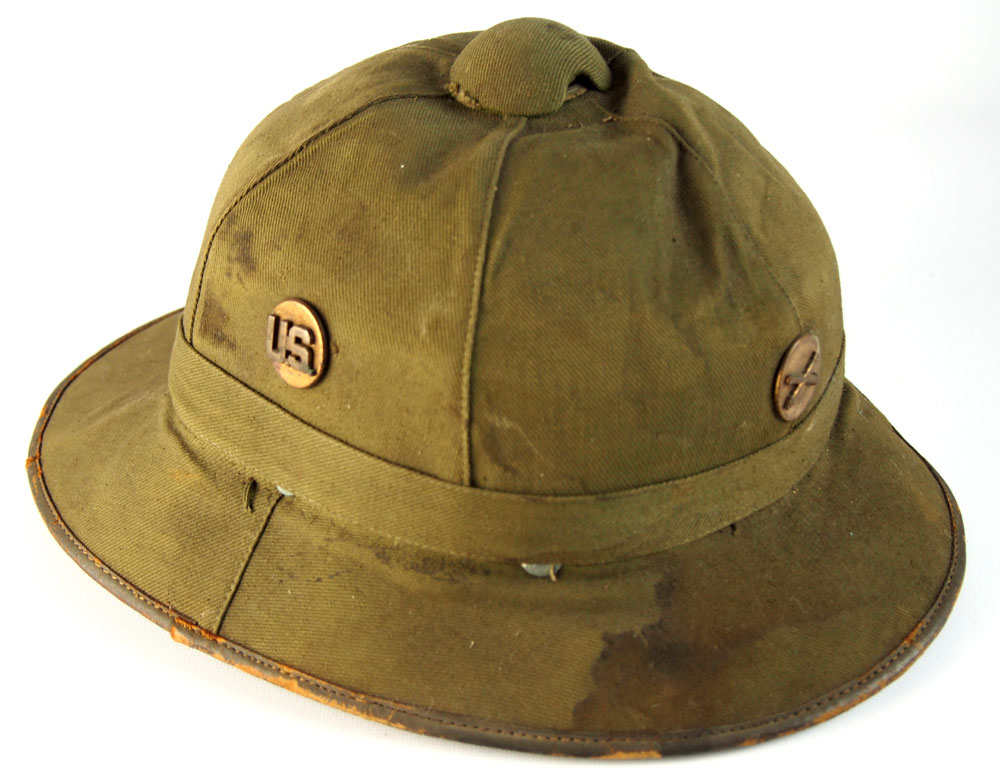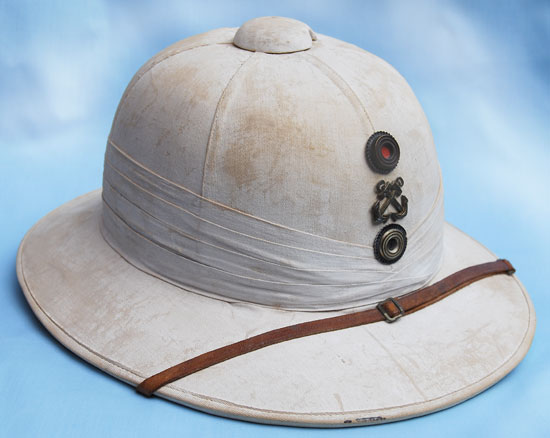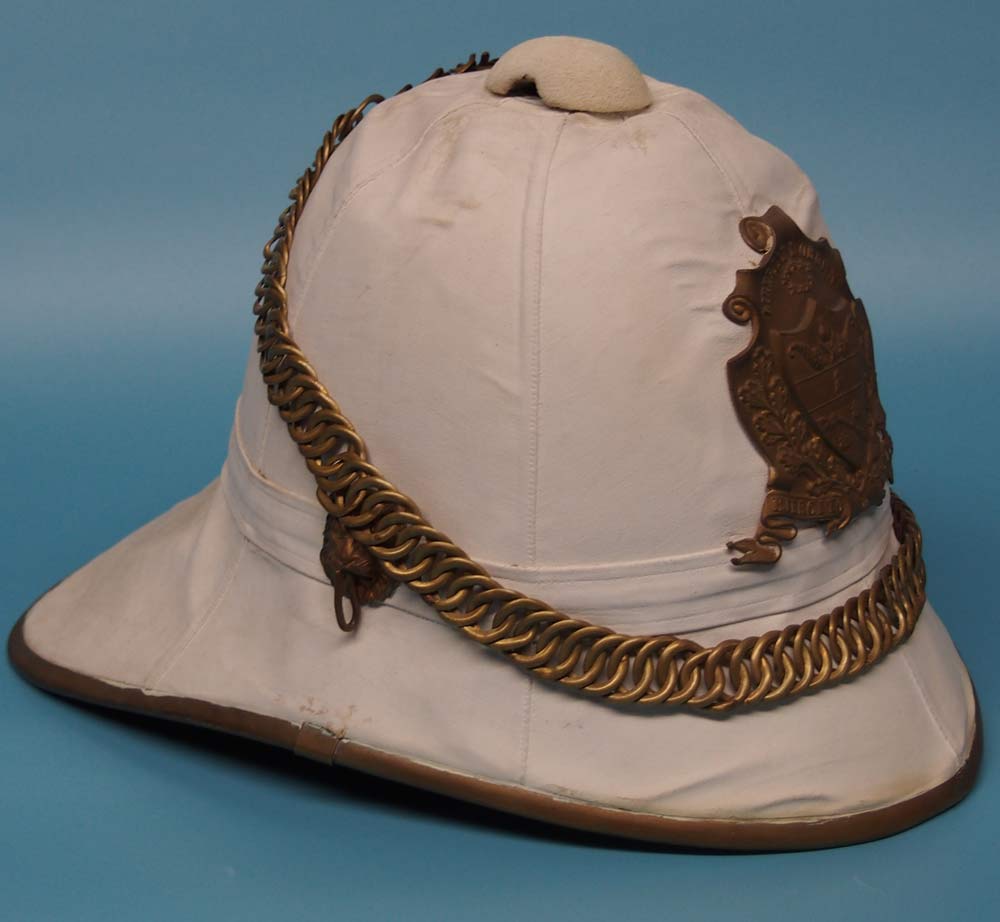
Despite not having overseas colonies, numerous South American nations adopted sun helmets at the end of the 19th century. These nations followed the European patterns – and several South American nations also adopted the Prussian/German pickelhaube as a parade and even combat helmet. Both the sun helmets and pickelhaubes saw use in such conflicts of the War of the Triple Alliance.
One nation that relied heavily on German equipment, and whose army took on a most “Prussian look” was that of Colombia – a nation that still uses pickelhaubes as part of its ceremonial and parade dress.

